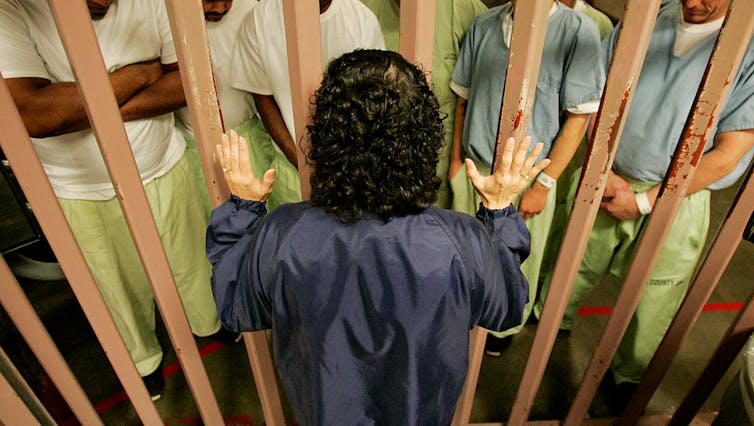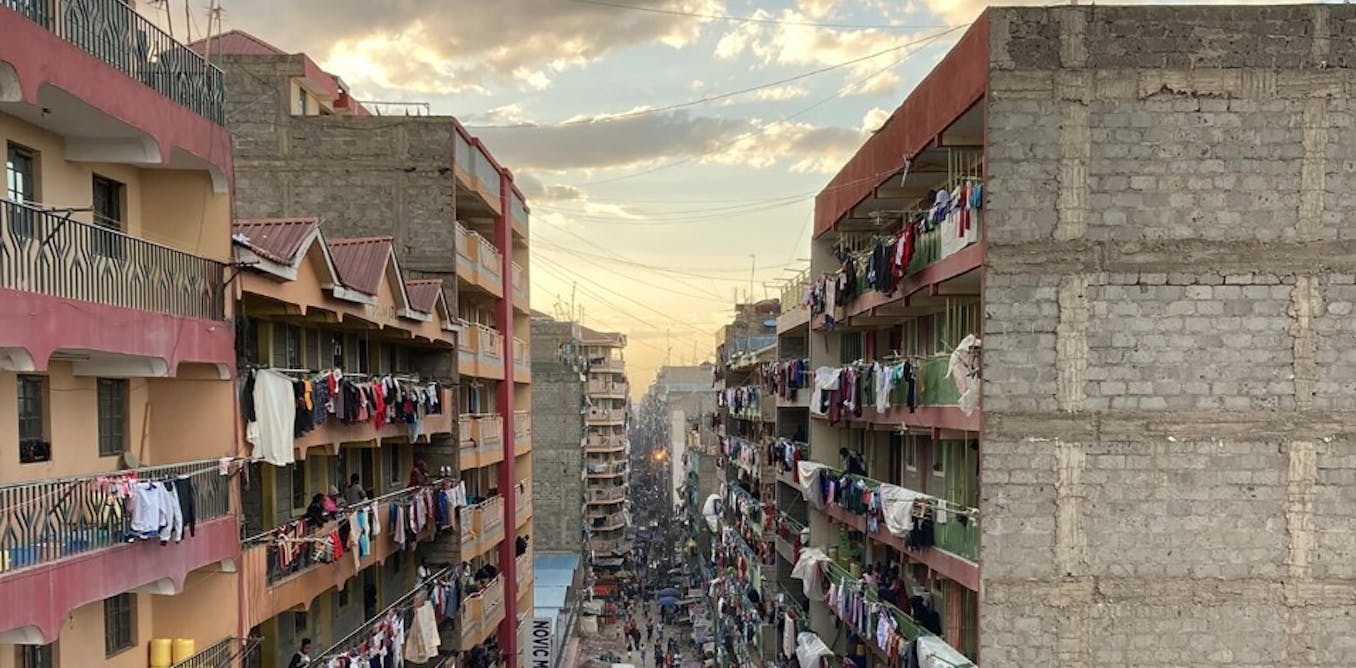Clergy, chaplains and other spiritual leaders play vital roles in their communities, from celebrating life’s most joyous moments to offering comfort and guidance in the face of tragedy.
However, the personal toll of this work on spiritual leaders can be immense, including burnout, trauma and health challenges – and often goes unacknowledged.
There is growing attention to the stresses clergy have experienced amid the COVID-19 pandemic and increasing polarization. Chaplains, too, faced significant strain in their pivotal but often invisible role within health care. There is concern over a potential “great resignation,” with more than a third of U.S. pastors thinking about quitting.
But this is not a new problem. Research shows significant mental health and occupational risks for spiritual leaders long before the pandemic. We are both psychology researchers who provide psychotherapy to spiritual leaders, teach seminarians and study their experiences.
Key risks
The experiences of clergy and chaplains who work in health care, education and other community settings are diverse, and some of them are thriving. But for those who are struggling, several key risks stand out.
First, a sense of “calling” to a vocation, which is often central to spiritual leaders’ identities, can be a double-edged sword. Deep commitment to the meaning and moral duty of one’s work can lead people in many careers to sacrifice pay and personal time. Research among spiritual leaders highlights how challenging it can be to set boundaries when their work is considered a spiritual and moral duty.
Second, their roles can include an overwhelming array of responsibilities, from fundraising, rituals and spiritual care to public communication and facilities management. In 2007, psychologist Richard DeShon analyzed pastors’ jobs for the United Methodist Church. He identified 13 main types of tasks, each of which involved long lists of specific responsibilities, and 64 necessary personal competencies needed to perform these tasks. DeShon concluded that he had “never encountered such a fast-paced job with such varied and impactful responsibilities.”
Soeren Stache/pda/picture alliance via Getty Images
Third, Americans’ public trust and esteem for spiritual leaders has been plummeting in recent decades. This may be due to the decreasing percentage of people involved in religious congregations, as well as sexual abuse scandals.
The prevalence of traumatic stress
Our research is revealing the extent to which spiritual leaders contend with extreme and traumatic levels of stress on the front lines of human suffering and conflict. This may be particularly the case in congregations with fewer resources, or in settings such as hospitals and correctional facilities, where chaplains often serve.
Many years back, one of us, Steve, consulted on a study examining spiritual leaders’ well-being. I was convinced there had been some sort of error when nearly one-third of the sample scored above the clinical cutoff for symptoms of post-traumatic stress disorder – significantly higher than scores among military personnel after deployment. Ultimately, the religious group that commissioned the study was not comfortable publishing the results.
Since then, our research team at the Danielsen Institute has replicated this finding in a sample of Muslim, Jewish and Christian leaders. Once again, we found nearly one-third scored above the clinical cutoff for PTSD symptoms related to work stressors. Clergy described aggression from congregants and direct exposure to extreme suffering, such as being called to a home amid a domestic conflict or right after someone died by suicide.
Digging into the data
The majority of research to date has focused on what can go wrong for spiritual leaders. We know comparably little about what helps.

Jasmin Merdan/Moment via Getty Images
Our systematic literature review of 82 empirical studies found clear distinctions between factors that increase risk, mitigate harm and enhance well-being. Yet the absence of particularly stressful experiences did not necessarily mean clergy and chaplains felt like they were thriving: Experiences of suffering and flourishing are not mutually exclusive.
Individual factors can certainly contribute to the risks; for example, female spiritual leaders are at higher risk of burnout and traumatic stress, as are leaders who feel their self-worth is linked to “success in ministry.” However, our findings revealed that congregational and denominational factors are just as influential. Many spiritual leaders describe feeling on call 24/7, for example, and experiencing overwhelming stress from community disagreements – sometimes involving threats to the leader’s financial security or personal safety. In contrast, feeling supported by one’s congregation can make a positive difference.
Perhaps most surprising, only 5% of the studies tackled the question of how to help spiritual leaders who are struggling. And little empirical focus has been given toward prevention: how to proactively equip people being trained for these vocations.
Beyond self-care
During the COVID-19 pandemic, our team convened online support groups for chaplains. More than 250 professionals around the world participated.
Some grappled with not being seen as “essential personnel.” Others took on unprecedented responsibilities, such as trying to be at the bedside of everyone who was dying and using technology to help families feel present. Many were torn between their call to provide care and real fears about infection risk. This evoked painful existential and spiritual questions and even a sense of moral injury: guilt and inner turmoil about how to navigate impossible situations.
In a group one of us – Laura – was leading, a member Zoomed in from her hospital bed and shared that she had contracted COVID-19. Her labored breathing was evident, as was her passionate commitment to this work.
That day’s session was the last she attended, and she died the following week. Together, as we processed the tragic news and lit a candle to commemorate her, the group grieved the loss of one of its own.
These conversations revealed the power of spiritual leaders having a confidential space to gain support and discuss the complexity of their work. Nearly three-quarters of the chaplains had considered leaving the field recently, yet 98% described their work as incredibly meaningful. As one person poignantly described it, “I love this work, but it’s killing me.”

Brian Vander Brug/Los Angeles Times via Getty Images
Members used the space to help each other process the existential, spiritual and moral toll of their work. After participating, they reported feeling less burned out, more resilient and having a greater sense of flourishing.
Our team has since developed and is evaluating CHRYSALIS, an eight-week online program to support spiritual leaders’ well-being. We’re focused on helping leaders develop core strengths to thrive – beyond “self-care” – while also working to change organizational structures that are a setup for trauma and burnout.
Prevention and response
Our work is part of a larger conversation between scientists, faith leaders and people who train and support clergy and chaplains.
For example, Common Table Collaborative fosters collaboration between researchers and those on the front lines. Initiatives such as Flourishing in Ministry, Healthy Congregations and Chaplaincy Innovation Lab offer support for spiritual leaders. And there are training efforts to equip leaders in trauma-responsive care, such as The Khalil Center’s Muslim Mental Health first-responder training program.
All are exploring changes that can help clergy and chaplains thrive and stay on the front lines of caring for communities.

The post “The unique toll of being a spiritual leader today” by Laura Captari, Clinical and Research Psychologist, The Danielsen Institute, Boston University was published on 06/24/2024 by theconversation.com



































